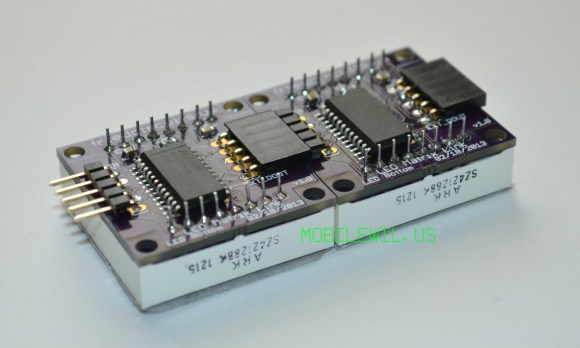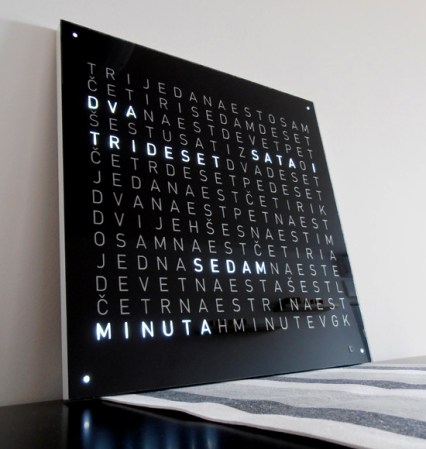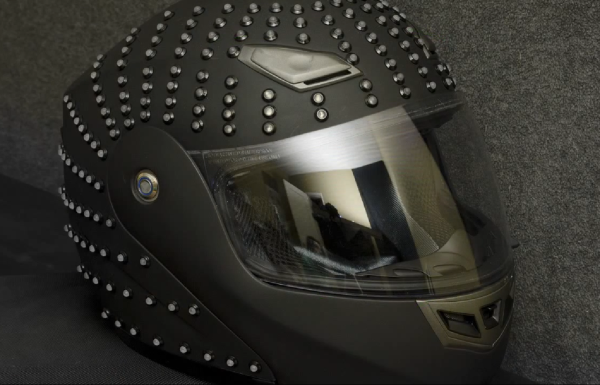[Michal Janyst] wrote in to tell us about a little project he made for his nephew in preparation for Halloween – a jack-o-lantern with facial expressions.
Pumpkin Eyes uses two MAX7219 LED arrays, an Arduino nano, and a USB power supply. Yeah, it’s pretty simple — but after watching the video you’ll probably want to make one too. It’s just so cute! Or creepy. We can’t decide. He’s also thrown up the code on GitHub for those interested.
Of course, if you want a bit more of an advanced project you could make a Tetris jack-o-lantern, featuring a whopping 8×16 array of LEDs embedded directly into the pumpkin… or if you’re a Halloween purist and believe electronics have no place in a pumpkin, the least you could do is make your jack-o-lantern breath fire.
Continue reading “8×8 LED Arrays Make For One Creepy Animated Pumpkin”


 [Neven Boyanov] says there’s nothing special about
[Neven Boyanov] says there’s nothing special about 














